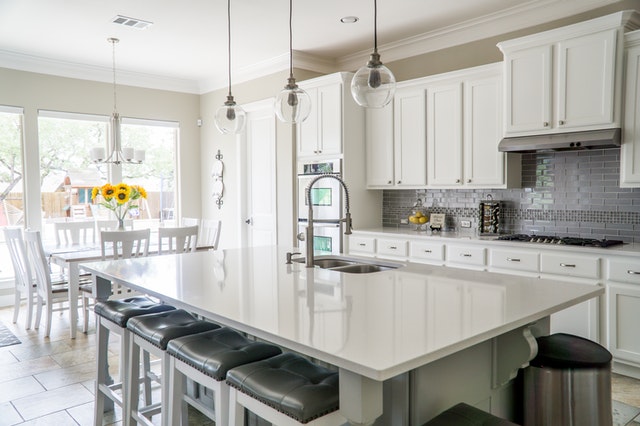Think About Before Buying Kitchen Sinks and Faucets
If you have ever bought a bathroom tub, you know that the process is relatively straightforward. However, when it comes to choosing a kitchen sink and faucet, the task can be overwhelming. The kitchen is considered the heart of the home, and every small detail matters, including the sink and faucet. Not only do these items add functionality, but they also increase the value of the home. Therefore, it is crucial to invest in good quality equipment that can save you time and money. Here are some tips to assist you in making the right decision.
Firstly, take measurements of the sink and faucet, including the size of the sink, distance from the wall, space required to open if there are windows above, distance from the cabinets over the sink, and more. Secondly, consider the location of the faucet and sink. The faucet can be mounted on the wall or the countertop, and the sink should be close to the drainage system.
Regular cleaning and maintenance are required for kitchen sinks and faucets to last long. Look for materials that are easy to clean and maintain, such as smart technology or faucets that can be easily disassembled and assembled when needed. When purchasing a kitchen sink or faucet, pay attention to the design and shape. Consider practical elements such as ease of use and functionality, as well as aesthetic elements such as neat design.
The quality of the equipment determines its durability, so pay attention to the materials used. Ceramic and steel are preferred materials for both sinks and faucets. You can save water by using certain types of faucets, such as aerator-equipped faucets that reduce flow or single pull-out nozzle faucets that use less energy as hot water is only activated by turning the handle to one side.
In summary, choosing the right kitchen sink and faucet can be daunting, but taking measurements, considering location, maintenance, design, shape, life, and savings can help you make the right decision. Visit Milakitchenandbath.com for more information on kitchen sinks and faucets.
| Factors to Consider | Examples |
|---|---|
| Measurement | Size of sink, distance from wall, space required to open, distance from cabinets |
| Location | Wall or countertop for faucet, proximity to drainage system for sink |
| Maintenance | Smart technology, easy disassembly/assembly |
| Design | Practical and aesthetic elements combined |
| Shape | Ease of use for faucet, round edges for sink |
| Life | Quality of equipment, durability |
| Savings | Aerators, single pull-out nozzle faucets |
FAQ:
- What are the most popular materials for kitchen sinks and faucets? Ceramic and steel are popular materials for both sinks and faucets.
- How can I save water with my faucet? You can save water by using aerator-equipped faucets that reduce flow or single pull-out nozzle faucets that use less energy as hot water is only activated by turning the handle to one side.
- How important is maintenance for kitchen sinks and faucets? Regular cleaning and maintenance are required for kitchen sinks and faucets to last long. Look for materials that are easy to clean and maintain, such as smart technology or faucets that can be easily disassembled and assembled when needed.

